Cardiomyopathy Symptoms, Causes and Types
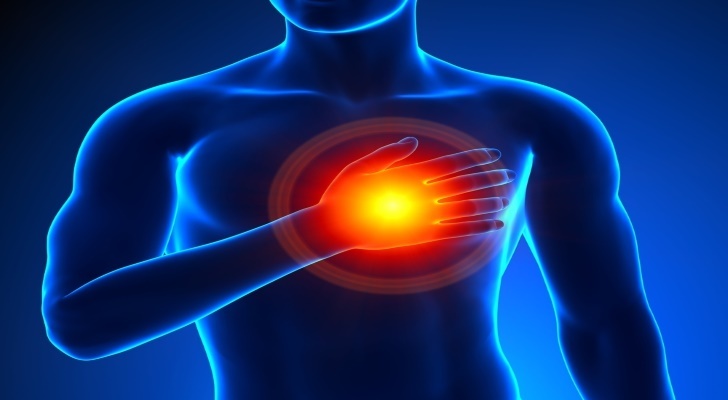
Ask someone what cardiomyopathy stands for, and, most probably, they won’t tell. At the same time, people agree that heart diseases are one of the most horrible health issues a person can face. As for cardiomyopathy, it refers to the specific heart muscle which is not able to work properly any longer. In most cases, it is reflected in the inability to pump blood.
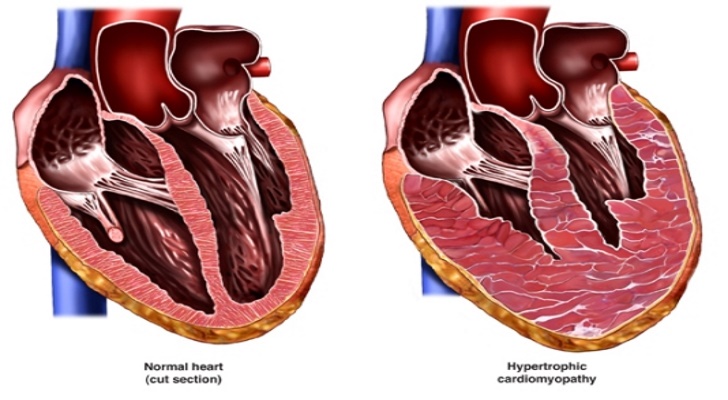
First of all, it is expressed in the inability to distribute proper amounts of oxygen throughout the body. Thus, the blood suffers from the insufficiency of this element. On the other side, this problem prevents the organism from replacing various waste products. Carbon dioxide belongs to this category. The reasons for this disorder are very different; in the end, the heart cannot manage cardiac output necessary for human health.
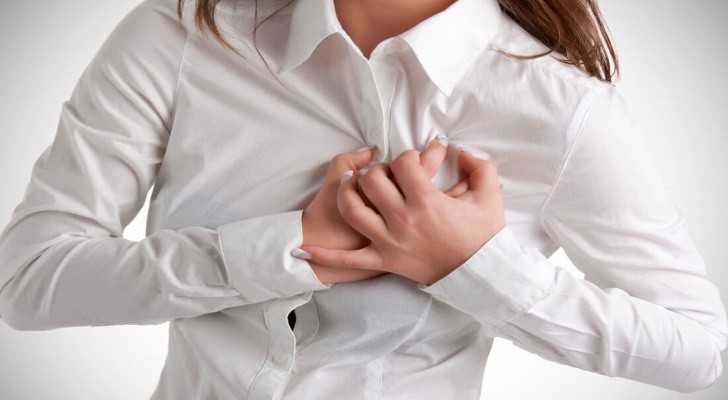
As the time passes by, the symptoms may get worse and spread all over the organism. The heart becomes very weak, being unable to carry out most of its primary functions. The persons start experiencing the signs of heart failure. Among these features, doctors recall breathlessness like the one people with asthma face, obstacles on the way to normal communication, feeling overloaded and tired even after a good sleep, pain in the limbs, abdomen, and neck, swelling in different parts of the body, etc.

Persons also complain of feeling irritated, dizzy, and fainting suddenly in the middle of the stress. Heart murmurs and discomfort follows after each physical activity, even a medium one.
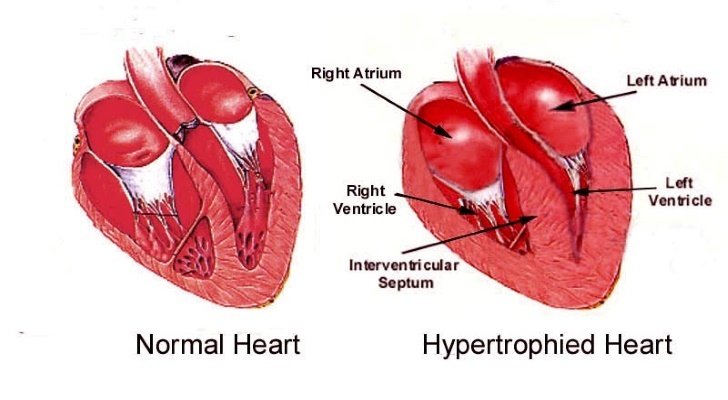
The factors that lead to this disease can be classified into several categories. The American Heart Association (AHA) has surveyed many patients and conducted numerous research studies before figuring out what exactly causes cardiomyopathy. The organization found out that there are two groups of causing factors: primary and secondary. Those factors can also be extrinsic and intrinsic. The family members and professionals have to be aware of all causes.
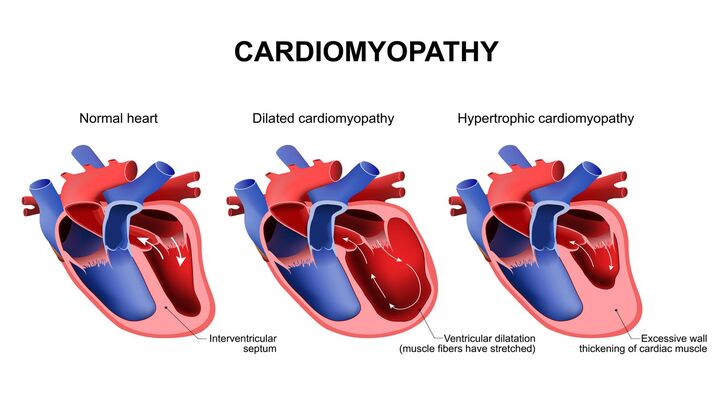
The types of cardiomyopathy matter when prescribing a treatment. The most popular one is the hypertrophic type which can be noticed in patients of different age groups. The process looks this way: the main muscle gets bigger and thicker in a short period. There is no good reason for that. At this moment, the chambers located down and septum get thick altogether. These fields develop blockages/obstacles in the lower chambers of the heart. As a result, the human heart finds it difficult to go on pumping blood.

The next widespread type includes a dilated one. Such cardiomyopathy occurs while the lower chambers of the heart, also known as the ventricles, get larger and weaker. The left ventricle is the first place to be damaged. Sooner or later, the issue spreads over to the right side. The attacked chambers cannot pump blood the way they should. Patients feel their primary muscle functioning in a wrong manner. Many patients face such outcomes as heart failure, irregular rate, and blood clots.

There is also a restrictive (limited) type of this disorder. The lower chambers get tough while the walls of this primary life organ remain the same. It prevents the heart muscle from relaxing and fulfilling its functions correctly. As the time passes by, the cardiomyopathy prevents the heart from pumping the blood. The heart valves may suffer; patients also risk facing heart failure.
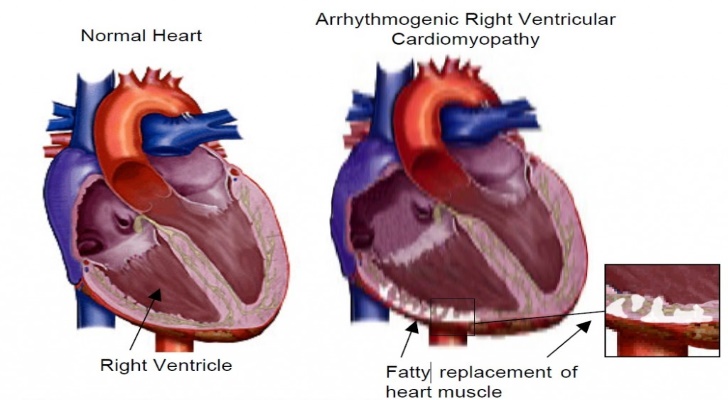
Finally, there is an Arrhythmogenic right ventricular dysplasia. This phenomenon cannot be noticed often. The patients face a serious problem: some fatty tissues remove the healthy muscle tissue. It happens in the right lower chamber of the heart. As a result, the electrical signals break down. Most of the time, such issue is experienced by children and adolescents. People who do sports can face this problem too.
